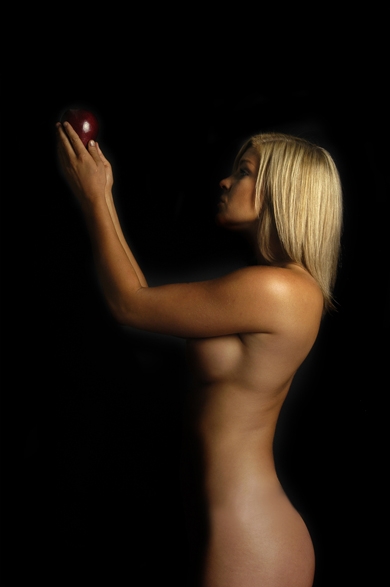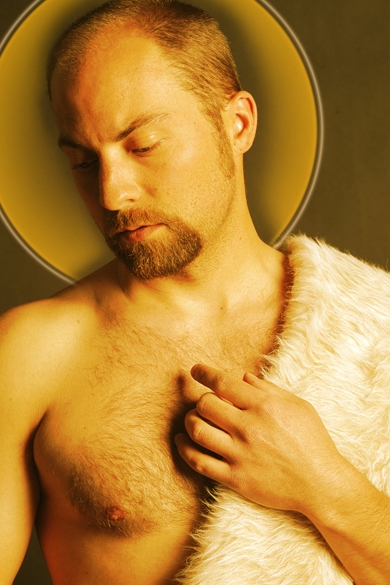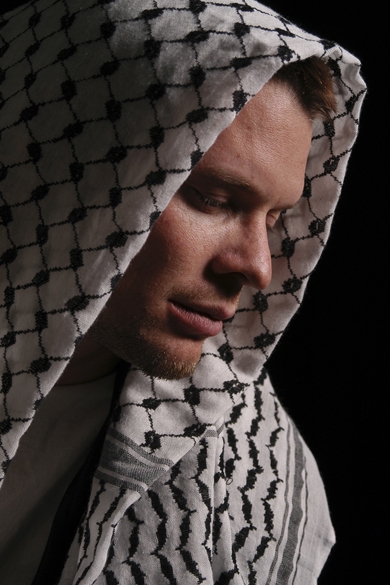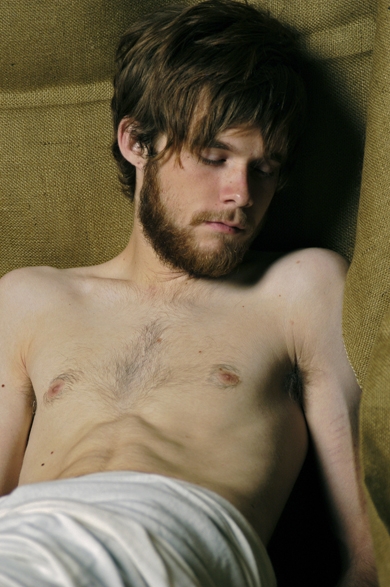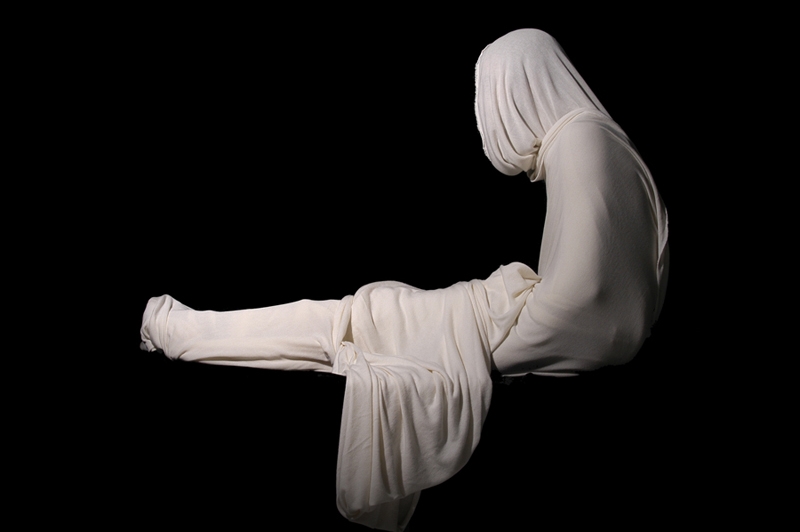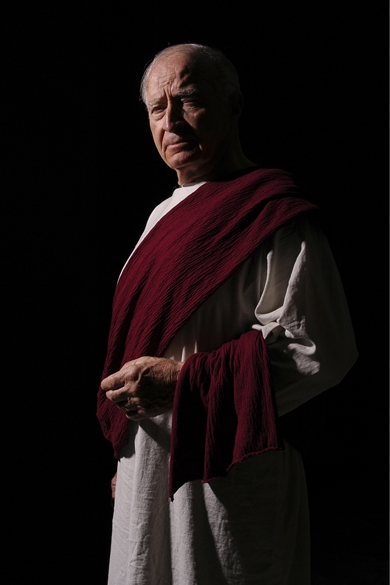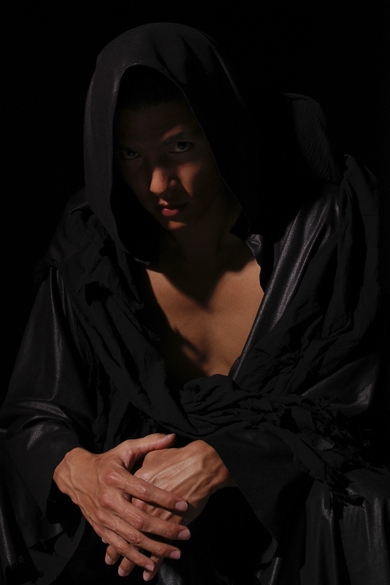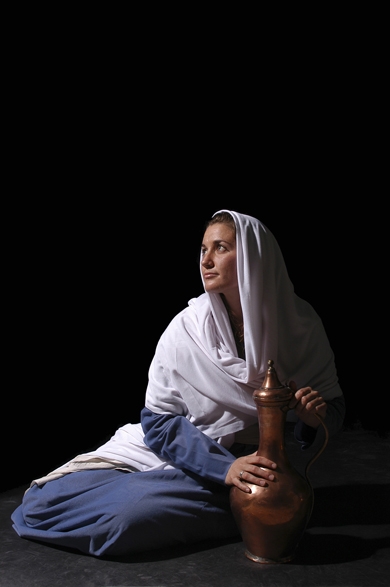BIBLICAS
Throughout art history, painters, sculptors, architects, and other artisans have looked to religion, specifically Christianity, for inspiration for their work. Religious-themed art has, at one time or another, dominated every discipline of art except photography. The purpose of this project was to explore religious figures through the lens of a camera.
It began with a portrait, a search for the humanity in these elusive and enigmatic icons of Christianity. Religious figures have become idealized, put upon a pedestal so high that they have lost their humanity. They are icons, not people, whose stories have become embellished and exaggerated with time, their true nature – their faults and their qualities – forgotten by those who tell and hear their stories. These hut-dwelling ancients have become mythologized, elevated to perfection over the centuries. These were real people with faults, shortcomings, and character flaws, not a group of people who lived on Mount Olympus.
In an attempt to bring out these figures’ humanity, much thought was put into the moment in which they were portrayed. Take Michelangelo’s David. Unlike other artists who depicted David in his moment of triumph, Michelangelo chose the moment before the battle when David was unsure of the outcome with Goliath. The viewer can see the uncertainty in his eyes and in the tenseness of his body. David is nervous and timid. He is not a hero, returning triumphant. David is a young man, full of anxiety, wondering if this will be the end.
In a similar fashion, Adam from my Bilblicas series, is not euphorically enjoying life in the Garden of Eden, devoid of illness and injury. He is looking away in shame. Both figuratively and literally he is in darkness. It is a moment of introspection. The viewer does not know if God is present or not, but is aware of Adam’s guilt and remorse. It is meant to be an intimate moment between Adam and himself, between the viewer and himself. It is a reminder that Adam is just a man.

